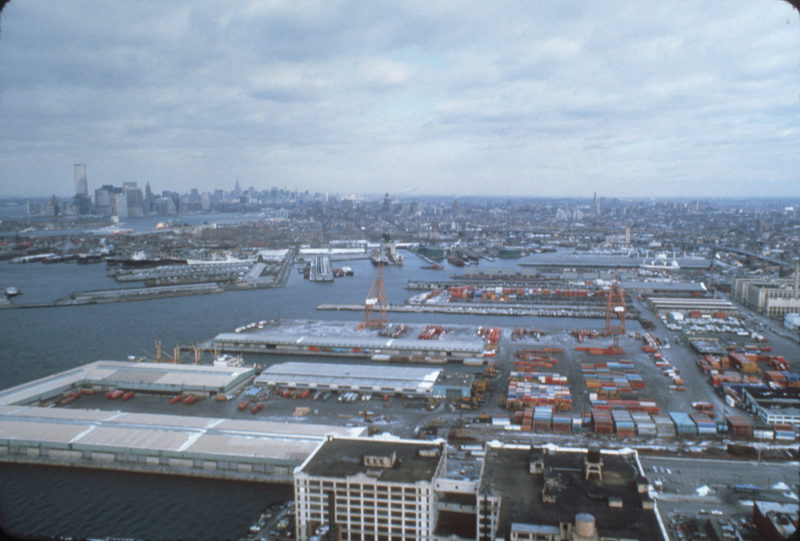A 64.5-acre block at the South Brooklyn Marine Terminal is being reactivated, as the first step in what New York City officials say will be a new cluster of maritime activity and waterfront industry.
More than 250 jobs are expected in the near term as the city’s selected Brooklyn-based property operators, Red Hook Container Terminal and Industry City, open up what’s being dubbed the Sustainable South Brooklyn Marine Terminal, according to the city Economic Development Corporation.
With a long-term lease through 2054, operators will move over 900,000 metric tons of material annually through the port, including waste paper recycling and export, lumber imports, salt and aggregate material. South Brooklyn will also become a new hub for the same kind of container-on-barge (COB) operations that Red Hook Container Terminal now hosts at its namesake Brooklyn location to the north. RHCT will be the new terminal operator and stevedore.
The 72-acre South Brooklyn terminal has lain fallow for too long, and “our partnership with Industry City and NYCEDC will transform the terminal into a vibrant cluster of industrial maritime activity over the coming decades,” said Mike Stamatis, RHCT president and CEO, in a joint statement with the EDC.
The Economic Development Corporation worked with the neighborhood Sunset Park Task Force and other local Brooklyn leaders on revitalizing the terminal, with the goal of maintaining its industrial waterfront and creating good-paying maritime jobs. Gentrification is a major issue in the borough, driving up housing costs and converting what once were job-generating business locations.
“New York City’s working waterfront has long been a source of economic vitality, fueling industries and good-paying careers for over a century. Sustainable South Brooklyn Marine Terminal will build on that legacy to advance the future of the New York Harbor,” said James Patchett, the EDC president and CEO.
So far the city has spent $115 million to upgrade the South Brooklyn property, including improved rail connections. Goals include making it the one location on the east side of New York Harbor that can accommodate deep-draft bluewater cargo vessels, and using its container-on-barge capacity to help reduce truck traffic, congestion and air pollution on the port’s crowded highways.
“By reducing the use of trucks for long-haul movement of freight and moving cargo across water, we can reduce emissions, while helping diminish traffic congestion on local highways and bridges,” said Rep. Nydia M. Velázquez, D- N.Y.
South Brooklyn is also a potential future hub for building and servicing offshore wind energy arrays, which would bring in a whole new industrial base, Velázquez said. One of the first planned wind turbine developments is Statoil’s Empire Wind project just outside the harbor approaches, and New York State energy planners say there could be 2.4 gigawatts of energy coming from offshore wind by the 2030s.
“Establishing a home for the emerging offshore wind industry on our working waterfront is a once-in-a-generation opportunity,” said Ben Margolis, executive director of the Southwest Brooklyn Industrial Development Corporation.




